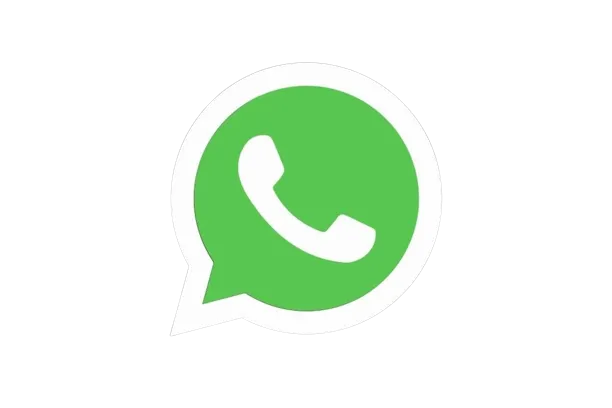Seborrheic keratosis is a harmless skin problem, common non-cancerous skin growth. It is truly common over the age of 60 yrs for both sex and a common sign of skin aging.
Seborrheic keratosis generally starts from middle age only and appears as round or round-structured mainly over the face, neck, chest, back, head and in sometimes it also occurs on any part of the body of an individual. It is by looking light brown to black in color and mainly appears as waxy, scaly, slightly raised on the skin surface; usually the Seborrheic keratosis is tend to develop a thick bump-like surface with a rammed-on appearance.
Seborrheic keratosis can appear on any skin or anywhere on the skin except from those skins that have a triumphs and soles and originate from keratinocyte cells. Seborrheic keratosis is a wrong name; the growth is neither limited to a seborrheic distribution (scalp, mid-face, chest, upper back) nor derived from sebaceous glands or associated with sebum.
The precise cause of seborrheic keratosis is unknown. Generally it is occurs by age by age. Other causative factors include:
Genetic mutation has been found, but usually runs in families.
Ultraviolet rays may play a key role as it is frequently seen in exposed parts of body.
Skin friction may be the reason as they often appear in the skin folds.
Sudden onset in pregnancy have been noticed
Seborrheic keratosis are not premalignant and no need to treat unless they are irritated, itchy, friction with clothing or jewellery or cosmetically bothersome. Clear skin laser centre offers most advance laser treatments for all skin types. However, seborrheic keratosis may be removed with little or no scarring by cryotherapy, electro cautery, shave removal, chemical peel and laser treatments for seborrheic keratosis.
Cryotherapy is a procedure that uses extreme cold (liquid nitrogen) to destroy tissue. It’s often used to treat skin lesions, which are skin growths preferably benign.Mostly fine or thin seborrheic keratosis lesions are treated with liquid nitrogen and multiple sessions are required in hard lesions.
This involves scraping the lesions with a small scooping instrument.
This involves by using electric current to destroy it after giving local or topical anaesthesia.
Vaporizing the growth with the laser technologies such as CO2 or Erbium yag. We at our Clear Skin Laser Centre use the most advance Deka Smartxide Touch CO2 laser
We can treat multiple lesions in single session by using high concentrated glycolic acid or trichloroacetic acid. Chemical peels and laser treatments for seborrheic keratosis are most ideal treatments on face concerns.
Before procedure dermatologist numb the lesion with anaesthesia, and shave off by using a scalpel. Minimal scarring is noticed after healing process.
| DO | DON'T |
|---|---|
| Do use a broad-spectrum sunscreen (SPF 50+) daily | Don’t wash roughly it may bleed |
| Use umbrellas, hats, caps while going out-door | Don't: Ignore new or changing spots on your face. |
| Maintain good hygiene. | Don't spend excessively in sun light |
| Consult dermatologist to remove seborrheic keratosis. | Don’t try to remove or shave the lesion at home, lesion may infect and leave a scar after healing. |

